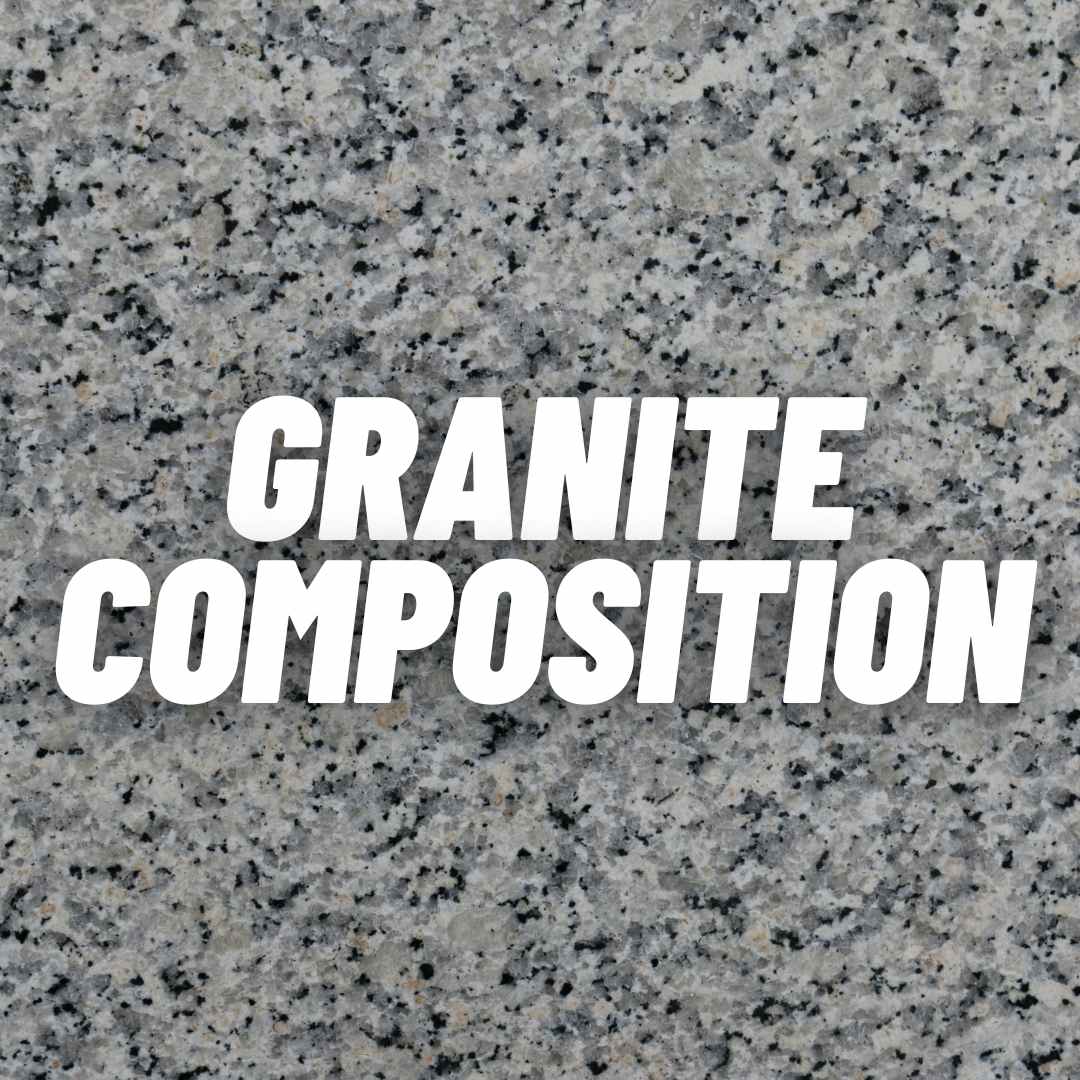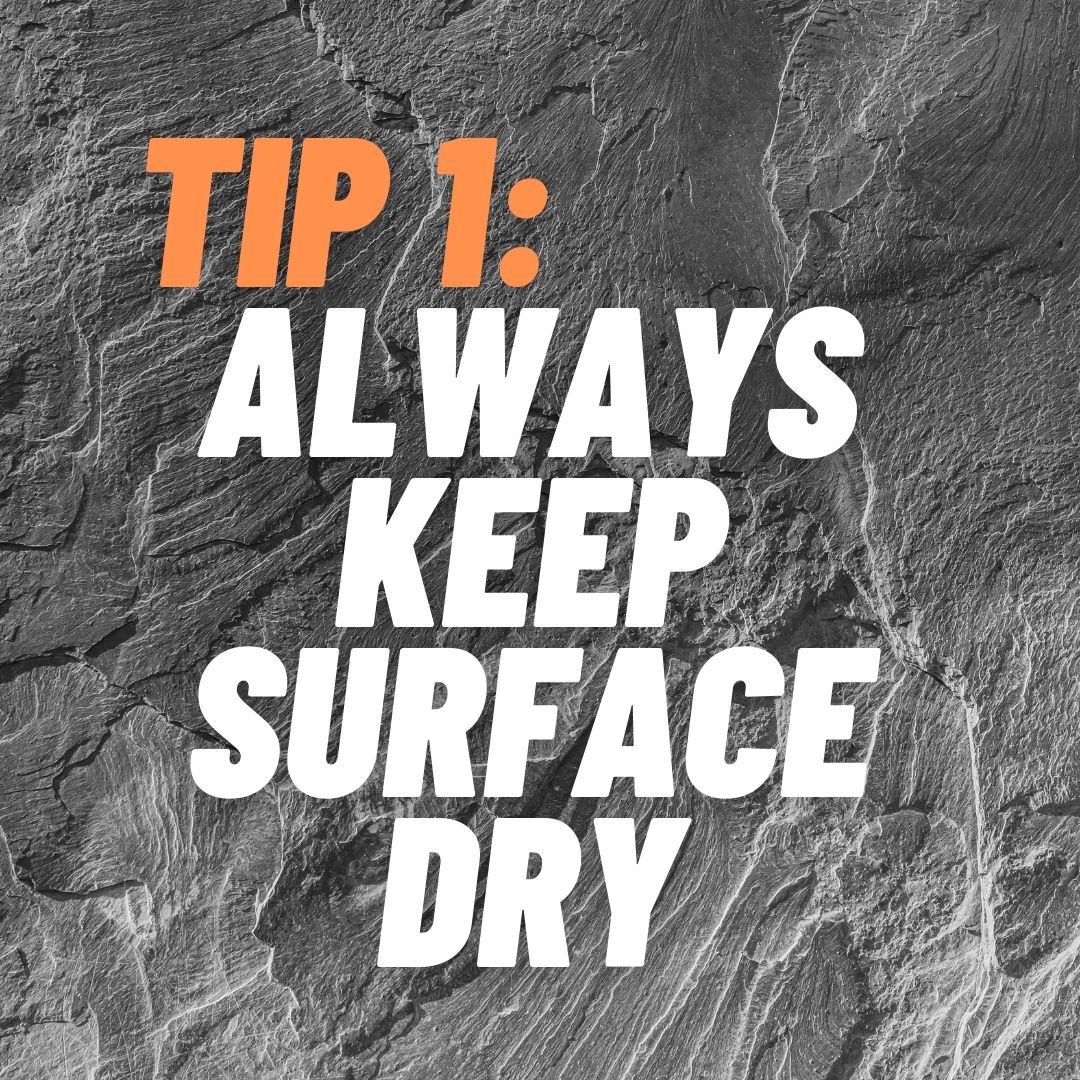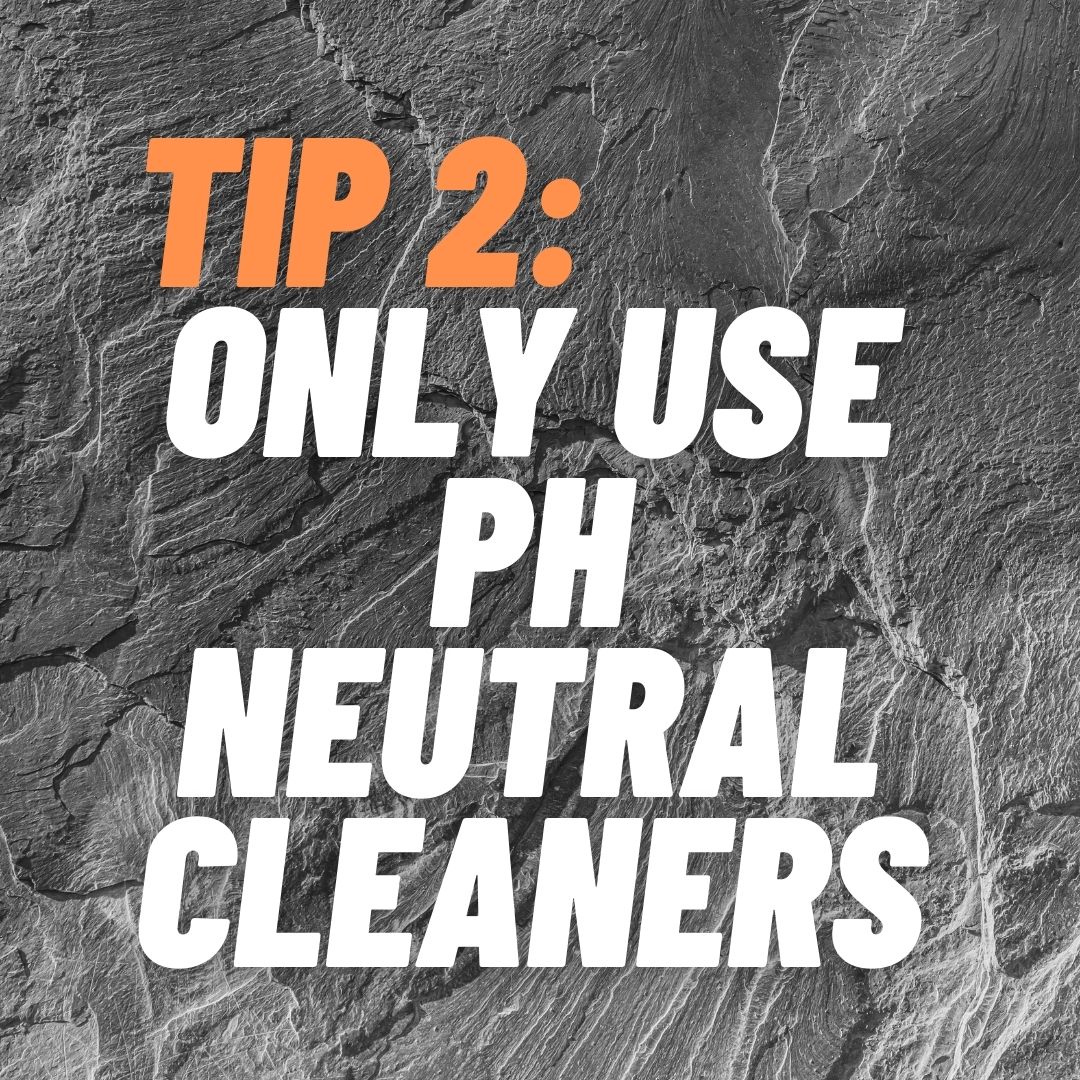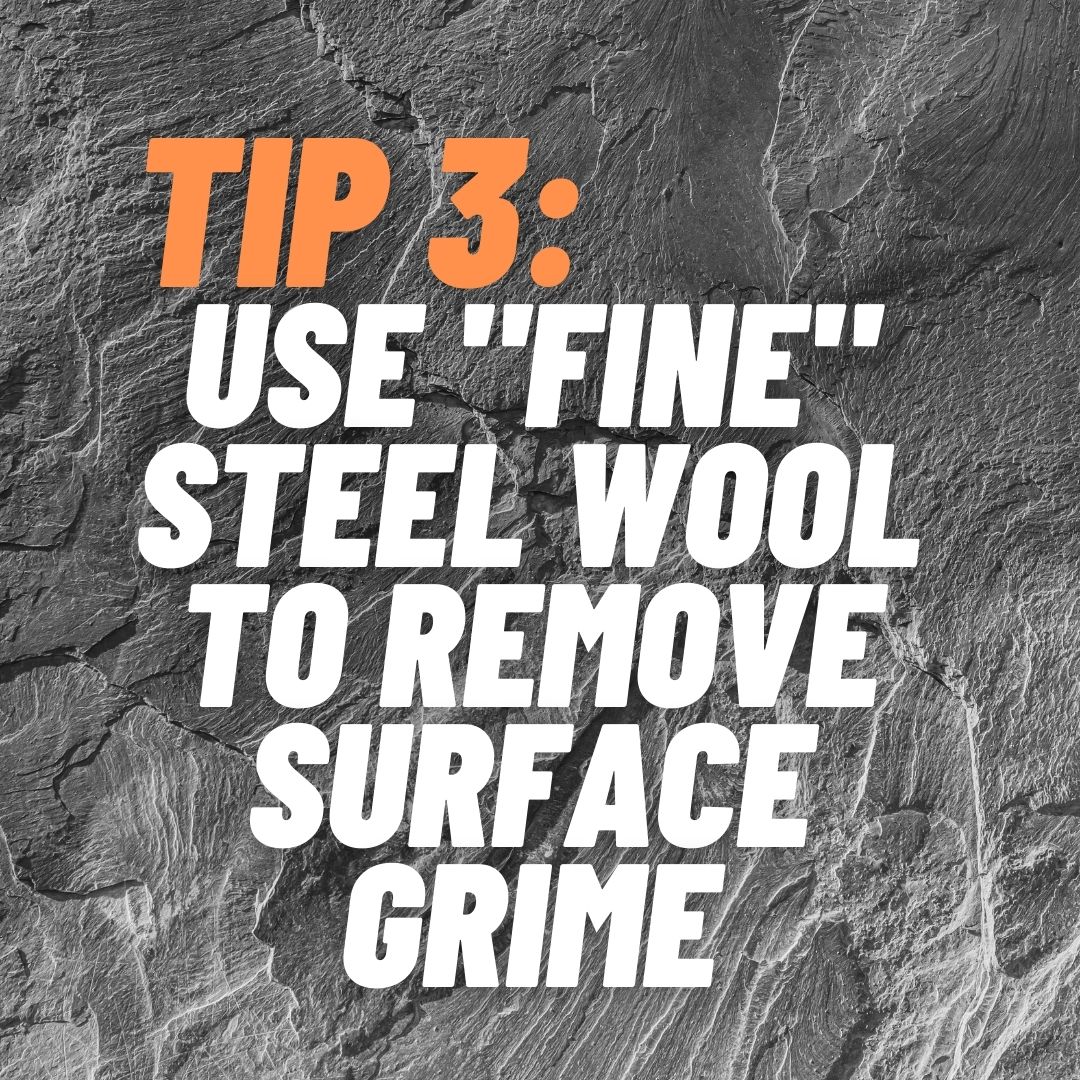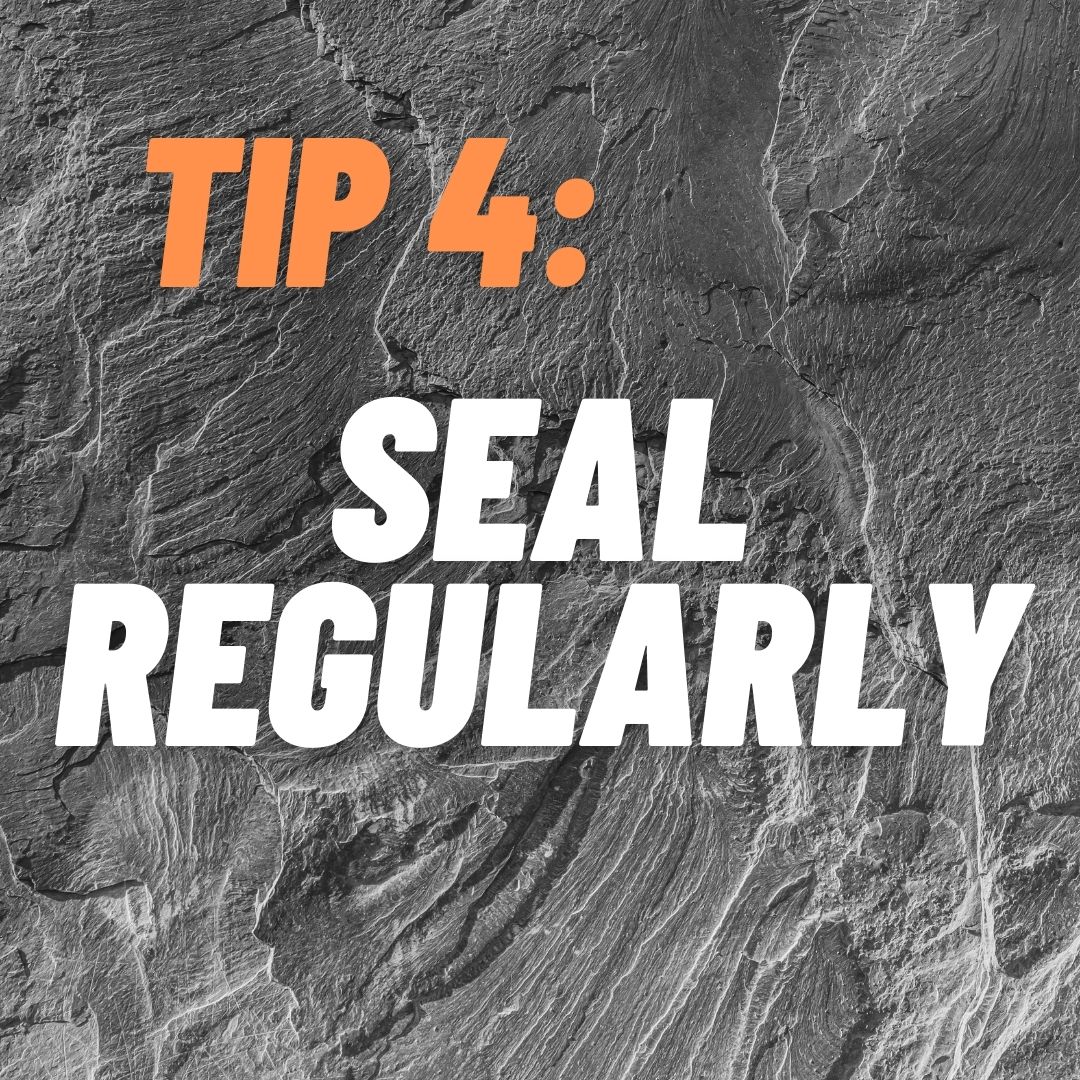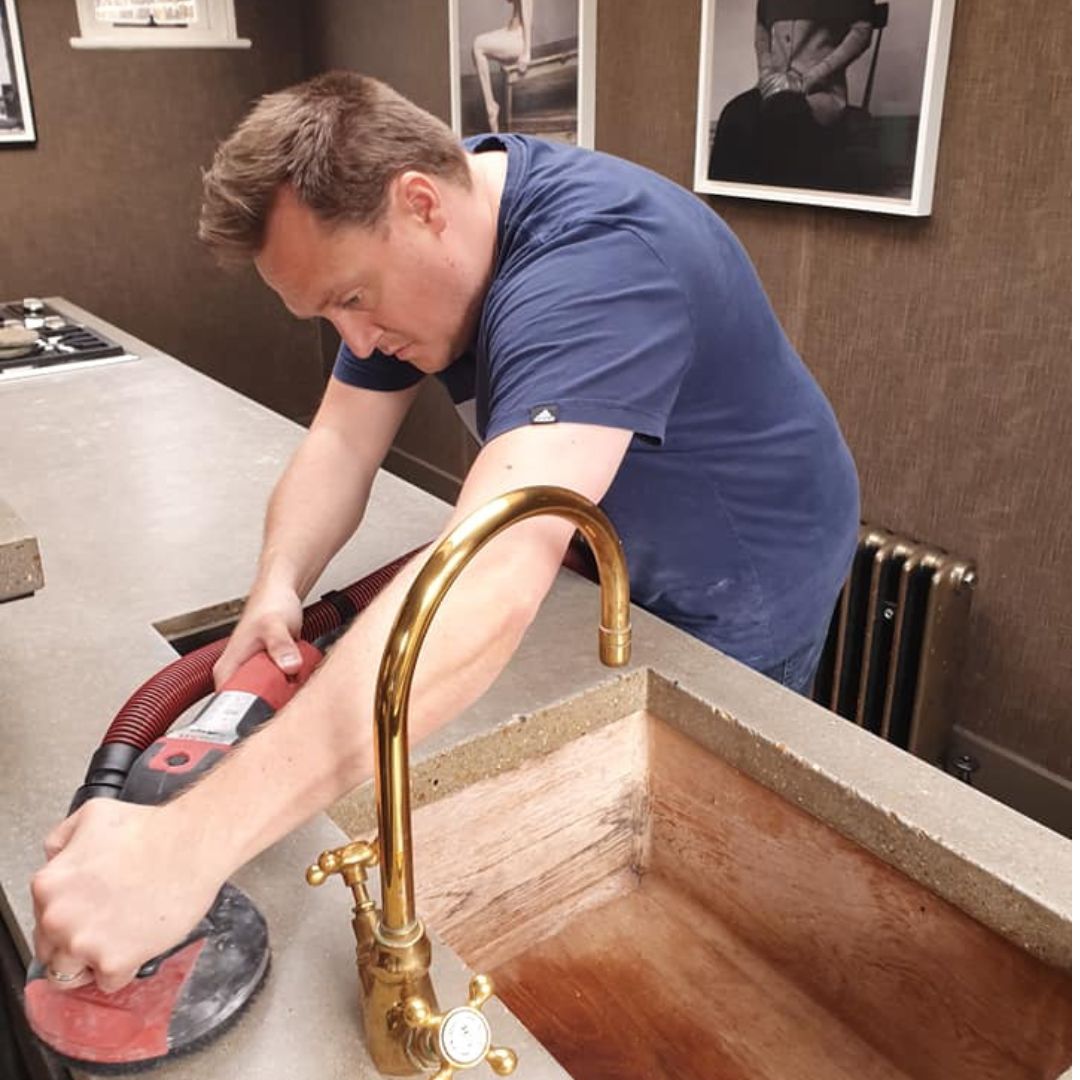Synthesis of the Information on Quartz, Feldspar, and Mica to Emphasize Their Collective Impact on Granite's DurabilityGranite is a type of igneous rock that is composed primarily of three minerals: quartz, feldspar, and mica. The specific composition of these minerals determines the unique properties of each granite slab. For example, quartz is a hard mineral that gives granite its durability and scratch resistance. Feldspar, on the other hand, is responsible for granite's resistance to heat and weathering. Mica, a mineral that is often found in granite, gives the rock its characteristic sparkle and shimmer.
When these minerals are combined, they create a rock that is incredibly strong and resilient. The interlocking crystals of quartz, feldspar, and mica provide granite with a natural strength that is unmatched by any other natural stone. This unique composition also makes granite an excellent choice for a wide range of architectural applications.
Explanation of How the Composition of Granite Provides Resistance to Heat, Scratches, and WeatheringGranite's composition is what gives it its remarkable durability. Quartz, the hardest mineral found in granite, provides the rock with resistance to scratches and abrasions. Feldspar, which is a type of silicate mineral, is responsible for granite's resistance to heat and weathering. This mineral has a very high
melting point, which means that granite can withstand high temperatures without melting or deforming.
